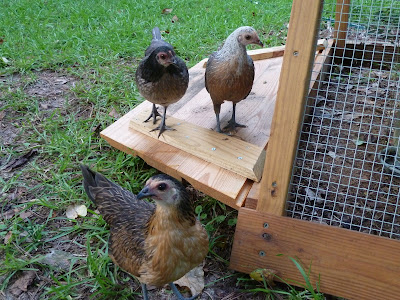Genetic modification (GM) is a process commonly discussed but rarely defined. Without a clear definition of GM, how can we critically assess the benefits and costs of GM for human health and the health of the planet? At the very least, GM technology has increased our vocabulary. Nowadays, Transgenic, Genetic Engineering, Recombinant DNA, and Biotechnology are widely used in agricultural and political discourse. But, has this new lexicon led to a better understanding of how, why, and for whose benefit are we modifying our foods?
Starting with its most general definition, GM means altering an organism’s genetic make-up. GM is often synonymous with genetic engineering - a process whereby genes from one life form are transferred into the genes of another life form (a.k.a Recombinant DNA technology). If we understand GM as genetic engineering, the first commercially grown GM crop was tobacco. GM tobacco contained genes from other plants that were resistant to the common tobacco virus. GM crops were also created to prevent rotting. The “Flavr Savr” GM tomato was created in the 90’s to slow the ripening process to prevent it from pre-mature softening.
GM technology was revolutionized in the late 90’s. The creation of herbicide and insect resistant plants was made possible by inserting genes from other organisms into food crops. You may have heard of examples of these GM plants such as Bt Cotton and HT Alfalfa. Bt refers to the bacterium, Bacillus thuringiensis and a Bt crop contains a gene taken from this bacterium that confers insect resistance. HT means “herbicide tolerant” and an HT crop means it contains a gene that gives it immunity to a chemical weed killer. HT crops can survive spraying with weed killing chemicals, and thus HT crops are ideally used to maximize agricultural output.
What distinguishes GM through engineering from human’s long history of domesticating plants?
Some have argued that GM through engineering is a continuum of the natural processes of plant modification in human history. This makes sense if we remember that indigenous peoples’ sustained efforts to cultivate multiple varieties of forest plants have resulted in the domestication of numerous foods we continue to eat. But, can we now equate the processes of domestication, trade, and exchange of wild plant varieties with the engineering of life forms by moving certain desirable genes into plants?
Plant modification is part of human existence on earth. But, it is hard to assess the social and ecological impacts of gene-modification without an understanding of the bigger picture. Why are we manipulating plants? Who is doing the manipulation? What sectors of society benefit from the GM technology? Who are these new technologies excluding? Presently, we know that most GM crops being used have been modified to maximize agricultural profits. Very few initiatives to increase nutritional content of plants through genetic modification have reached marginalized peoples. To my knowledge, Golden Rice – a plant engineered to aid vitamin A production (critical for vision) and to be used where people are vitamin A deficient - was proposed in 2000 but has not yet reached the market.
Different approaches to GM crops by country:
Sources:
Stone, G. D. (2010). The Anthropology of Genetically Modified Crops Annu. Rev. Anthropol. , 39 (1), 381-400 : 10.1146/annurev.anthro.012809.105058





























